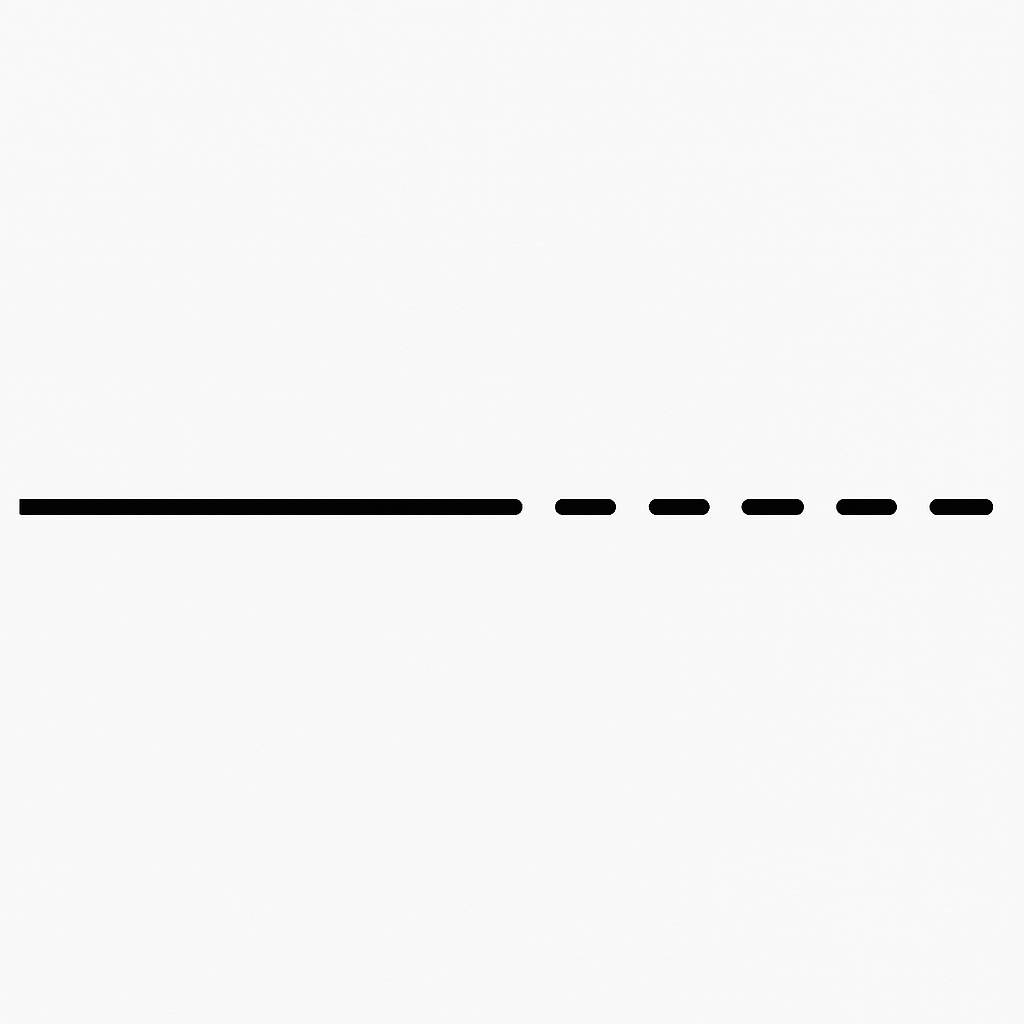Explore our selection of 3D printers
Whether you're a hobbyist, a professional, or just curious about the possibilities of 3D printing, our curated categories offer something for everyone. Dive into our portable 3D printers section for machines that blend convenience with cutting-edge technology, or explore our high-speed 3D printers for unmatched efficiency and performance. For those requiring added safety and precision, our enclosed 3D printers provide the perfect solution. Each category is designed to help you find the right printer to match your specific needs and elevate your creative projects.
Find Answers to Common Questions About 3D Printers:
What is a 3D printer?
A 3D printer is a device that creates three-dimensional objects by building them layer by layer from a digital model. It uses various printing technologies and materials, such as plastic filament or resin, to produce prototypes, parts, and finished products with high precision.
How does a 3D printer work?
A 3D printer works by depositing material according to a digital design. The printer follows the instructions from a 3D model file, building up layers of material to form the final object. Common technologies include Fused Deposition Modeling (FDM), Stereolithography (SLA), and Selective Laser Sintering (SLS).
What types of 3D printers are available?
There are several types of 3D printers, including:
- **FDM/FFF (Fused Deposition Modeling/Filament Fabrication):** Uses melted filament to build objects layer by layer.
- **SLA (Stereolithography):** Uses ultraviolet light to cure liquid resin into solid layers.
- **SLS (Selective Laser Sintering):** Uses a laser to fuse powdered materials into solid structures.
- **DLP (Digital Light Processing):** Similar to SLA but uses a digital light projector for curing resin.
- **PolyJet:** Uses inkjet technology to deposit liquid photopolymer layers.
What materials can be used with 3D printers?
3D printers can use a variety of materials, including:
- **PLA (Polylactic Acid):** A biodegradable plastic often used for general-purpose printing.
- **ABS (Acrylonitrile Butadiene Styrene):** A durable plastic suitable for functional parts.
- **PETG (Polyethylene Terephthalate Glycol):** A strong, impact-resistant plastic.
- **Resins:** Used in SLA and DLP printers for high-detail prints.
- **Nylon:** Known for its strength and flexibility, used in industrial applications.
- **Metal Powders:** Used in industrial 3D printing for creating metal parts.
What sizes are available for 3D printers?
3D printers come in various sizes, from small desktop models with build volumes of around 10x10x10 cm to large industrial printers with build volumes exceeding 1x1x1 meter. The size you choose will depend on the scale of your projects and your space requirements.
What are some common applications for 3D printers?
Common applications include rapid prototyping, custom parts production, architectural models, educational tools, medical implants and prosthetics, and hobbyist projects. 3D printing is used in industries such as manufacturing, healthcare, aerospace, and consumer goods.
How do I maintain a 3D printer?
Maintaining a 3D printer involves regular tasks such as cleaning the print bed, checking and calibrating the printer, replacing worn-out parts (e.g., nozzles, belts), and ensuring proper material storage. Regular maintenance helps ensure consistent print quality and prolongs the printer's lifespan.
Where can I purchase a 3D printer?
3D printers can be purchased from specialized 3D printing suppliers, online marketplaces, and manufacturers' websites. When selecting a 3D printer, consider factors such as build volume, print resolution, material compatibility, and support services.
When should I upgrade my 3D printer?
Consider upgrading your 3D printer if you need improved print quality, larger build volumes, enhanced material compatibility, or advanced features like automatic bed leveling or dual extrusion. Upgrading can also be beneficial if your current printer is outdated or no longer meets your production needs.
Why is 3D printing a valuable technology?
3D printing is valuable because it enables rapid prototyping, customization, and on-demand production. It allows for complex designs and structures to be created with minimal waste, supports innovation and iterative design, and can reduce time and costs associated with traditional manufacturing processes.




